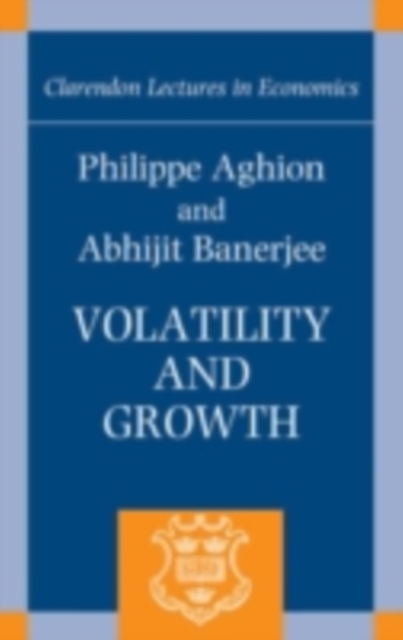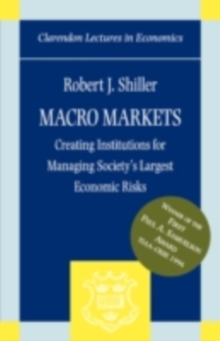
Volatility and Growth PDF
by Philippe Aghion, Abhijit Banerjee
Part of the Clarendon Lectures in Economics series
Description
It has long been recognized that productivity growth and the business cycle are closely interrelated.
Yet, until recently, the two phenomena have been investigated separately in the economics literature. This book provides the first consistent attempt to analyze the effects of macroeconomic volatility on productivity growth, and also the reverse causality from growth to business cycles.
The authors show that by looking at the economy through the lens of private entrepreneurs, who invest under credit constraints, one can go some way towards explaining persistent macroeconomic volatility and the effects of volatility on growth. Beginning with an analysis of the effects of volatility on growth, the authors argue that the lower the level of financial development in a country the more detrimental the effect of volatility on growth.
This prediction is confirmed by cross-country panel regressions.
The data also suggests that a fixed exchange rate regime or more countercyclical budgetary policies are growth-enhancing in countries with a lower level of financial development.
The former reduce aggregate volatility whereas thelatter reduce the negative effects of volatility on long-term productivity-enhancing investment by firms. The book concludes with an investigation into how the interplay between credit constraints and pecuniary externalities is sufficient to generate persistent business cycles and to explain the occurrence of currency crises.
Information
-
Download - Immediately Available
- Format:PDF
- Publisher:OUP Oxford
- Publication Date:28/07/2005
- Category:
- ISBN:9780191530234
Information
-
Download - Immediately Available
- Format:PDF
- Publisher:OUP Oxford
- Publication Date:28/07/2005
- Category:
- ISBN:9780191530234










